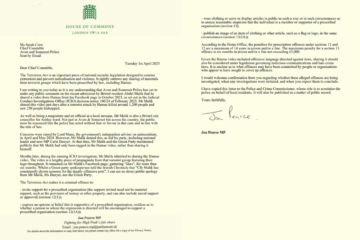The Iran nuclear deal was designed to reduce Iran’s nuclear capabilities by increasing the amount of time it would take Iran to develop a nuclear bomb. When the deal was signed, it was believed Iran was only months or weeks away from developing enough nuclear material for a functioning nuclear weapon. Under the deal signed last year, Iran’s nuclear capability is frozen and experts estimate it would take the country over a year to reach nuclear weapons capability, should they break the terms of the deal.
How has the deal fared one year on? The Iranian regime has kept to the technical terms of the deal, on virtually all counts. According to the US State Department, 19,000 Iranian centrifuges are now under lock and key and under international watch, whilst 98% of Iran’s low-enriched uranium has been shipped out of the country. Crucially, the International Atomic Energy Association (IAEA) has verified that Iran has poured cement into the core of its Arak reactor that would have produced weapons-grade plutonium.
But outside the technical terms of the deal, no progress has been made. Many of the deal’s cheerleaders hoped the agreement would act as a moderator on Iran’s regional designs and improve US-Iranian relations. However, if anything, the deal has had the opposite effect. In the year since the deal has passed, Iran has conducted advanced ballistic missiles testing, continued to support Assad in Syria, and maintains its supply of cash and arms to Hezbollah and Hamas. Iranian ambitions for regional hegemony remain the same. The nuclear deal has simply meant these ambitions take the form of Hezbollah training camps and Hamas rocket technology, rather than enriched plutonium. IDF IDF Chief Gadi Eisenkot acknowledges both risks and opportunities in the deal, maintaining that Iran is still Israel’s number one threat.
Crucially, the flaws in the deal remain. The restrictions on Iran’s nuclear activity imposed by the deal expire in fifteen years, meaning this is at best a delay, rather than a solution, to Iran’s nuclear ambitions. It is for this reason that Israeli politicians across the political spectrum are suspicious of the deal, as well as Iran’s motivations for signing it. These flaws are also worse than expected, as Iranian documents leaked this week reveal a plan to start enriching uranium after just ten years of the deal, bringing its nuclear breakout time to just six months, rather than the fifteen-year agreement and one-year breakout time advertised last year. With Hillary Clinton promising to be tough on enforcement, and Donald Trump advocating ripping up the deal entirely, the deal’s success remains far from assured.


